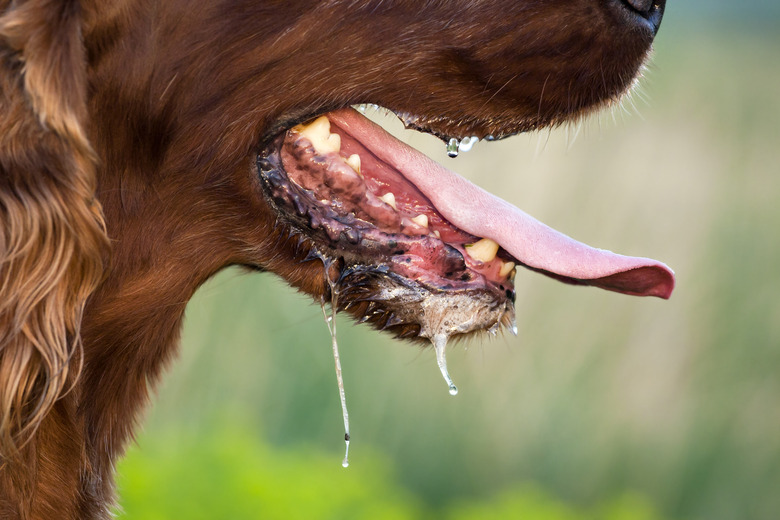Respiration In Mammals
All life respires, or breathes. Respiration in mammals is similar to respiration in other air-breathing animals. Respiration extracts oxygen from the air, which is then used by cells. Respiration also carries waste carbon dioxide away from the cells. Although respiration depends on other systems, like the circulatory system, to take oxygen and carbon dioxide to and from cells, the respiratory system has the primary responsibility of bringing oxygen in to a mammal's body and sending carbon dioxide into the atmosphere.
Mammalian respiration occurs in the animal's respiratory system. A respiratory system is made up of muscles and airways that work to bring fresh air into lungs where oxygen is exchanged in blood for carbon dioxide. The airways are often lined with hairs or other structures that help to clean the air of dust and microbes before it enters the lungs.
Muscle Structures
Muscle Structures
Mammalian respiratory systems rely on a single large muscle at the base of the lungs. This muscle is called a diaphragm. The diaphragm pulls the lungs downward to increase their volume, causing air to rush into the lungs. As it presses upward, the lungs become smaller, and air is exhaled. Muscles in the rib cage work in consort with the diaphragm to expand and contract the lungs.
Mammalian Airways
Mammalian Airways
Different mammals breathe differently. Some breathe through the nose, others breathe through the mouth. Some mammals are able to breathe through either the nose or the mouth. As the air passes through the nose or down the trachea, or airway, small hairs and microscopic hair-like structures filter the air by attracting dust and microbes that could cause damage or infection in the lungs.
Lung Structures
Lung Structures
As the air passes through the airways, it enters the lungs. Mammals have two lungs. The air is split between the lungs by an airway called bronchi. It moves to smaller airways called bronchioles. The bronchioles take the air to alveoli, which are small sacks where the gas transfer occurs.
Problems With Mammalian Respiration
Problems With Mammalian Respiration
Mammalian respiration can be interrupted by the presence of liquid in the lungs. Whether from an infection or artificially introduced, such as in the case of drowning, liquid in the lungs interferes with the gas transfer in the alveoli. As the alveoli fill with water, less oxygen can reach the blood cells. In extreme cases, such as drowning, enough oxygen is blocked that the brain of the mammal dies.
Cite This Article
MLA
Jie, Ma Wen. "Respiration In Mammals" sciencing.com, https://www.sciencing.com/respiration-mammals-7220116/. 10 April 2018.
APA
Jie, Ma Wen. (2018, April 10). Respiration In Mammals. sciencing.com. Retrieved from https://www.sciencing.com/respiration-mammals-7220116/
Chicago
Jie, Ma Wen. Respiration In Mammals last modified March 24, 2022. https://www.sciencing.com/respiration-mammals-7220116/
